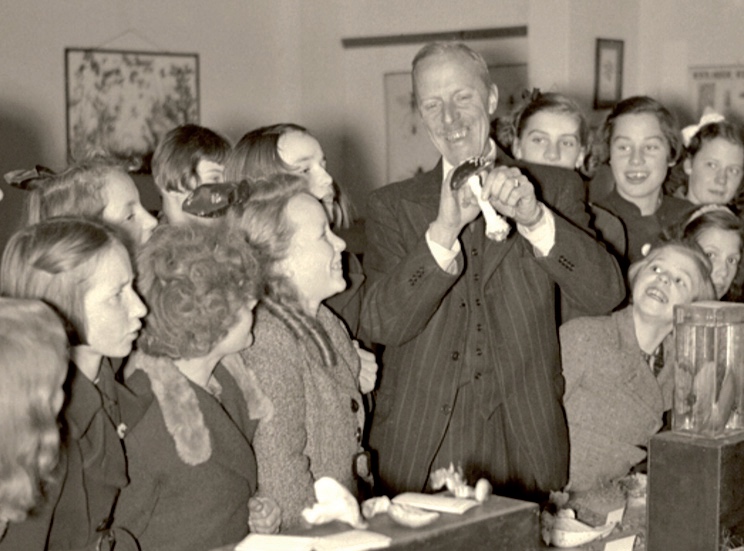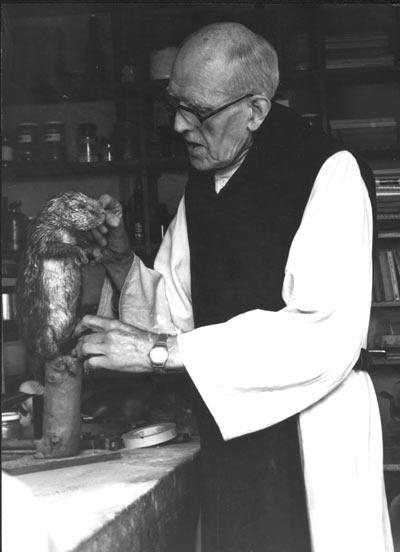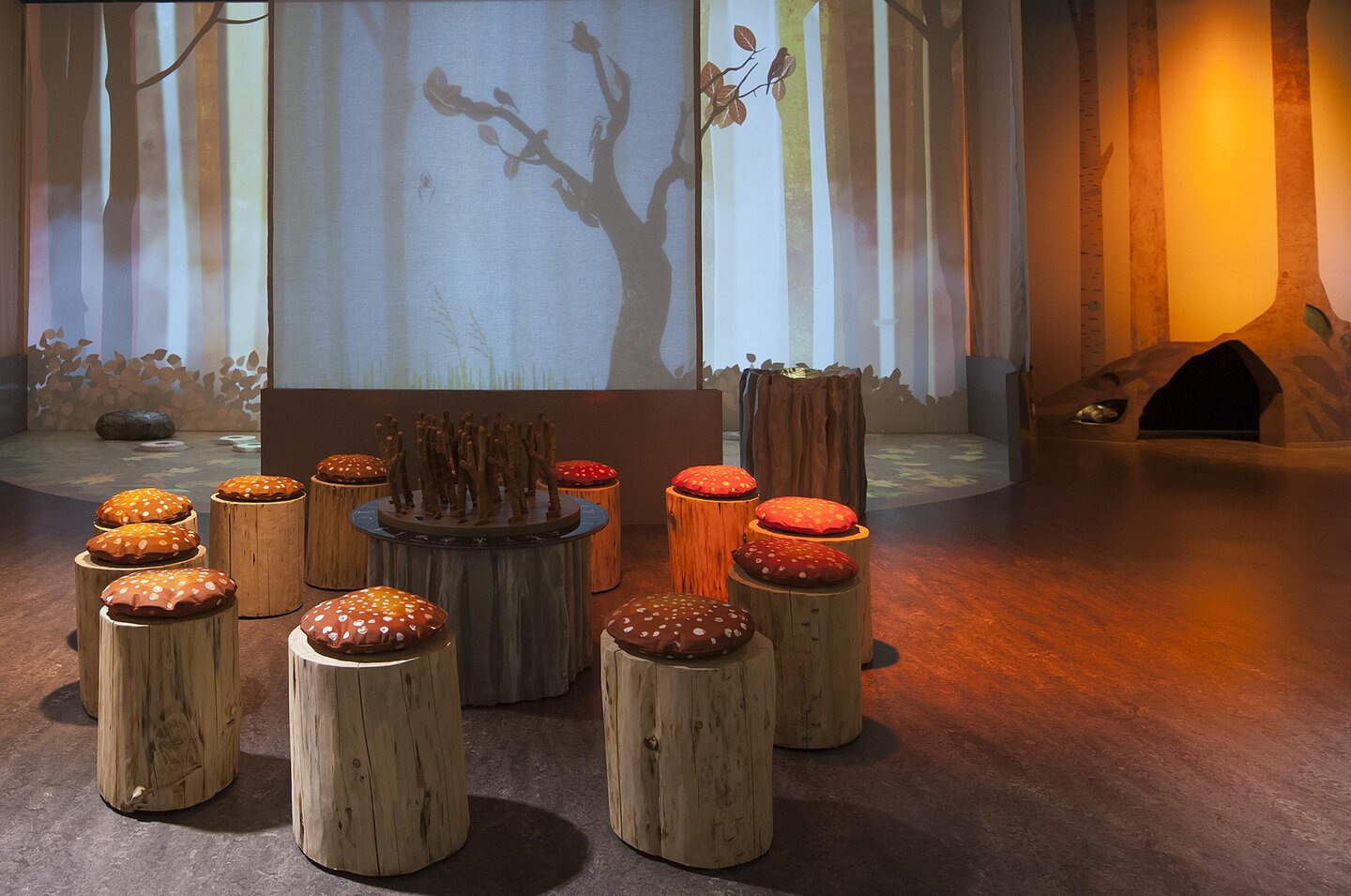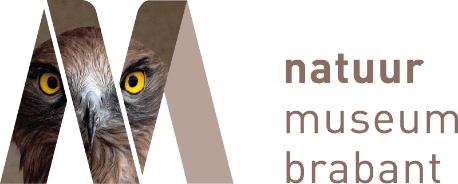
'Natuurhistorisch Museum Tilburg'
The Natuurhistorisch Museum Tilburg opened its doors in 1935. The Municipality of Tilburg founded the museum together with the Koninklijke Nederlandsche Heidemaatschappij (Royal Dutch Association for Wasteland Redevelopment, which is now Arcadis). At the time, the museum was housed in the former lord steward residence of King Willem II, opposite the palace. An enthusiastic group of nature lovers from the KNNV (Royal Dutch Society for Natural History) were at the conception of a beautiful collection. Those enthusiasts are still here, and they help the museum maintain its collection.
To the Spoorlaan
In the early years, the museum was run by a biology teacher from the Rijks-HBS secondary school, Dr A. Liernur. He was succeeded in 1954 by Mr W. van Boextel. In the first decades, the museum built up an enormous collection. That collection served the museum’s main goal: promoting an appreciation of the natural world, which later became known as nature and environmental education.
The museum went through an exceedingly difficult period in the 1960s. Cutbacks threatened its existence and the building had to be demolished to make way for the construction of the Paleisring residential complex. At the time, all of Tilburg was overhauled in the name of ‘modernisation'. Collections and exhibitions were housed in a temporary building on the Kloosterstraat, a former textile dyeing factory.

The museum survived all of this; almost all schools in the city and their classes came here. In 1976, Van Boextel retired and was succeeded by Dr A. van Berge Henegouwen. Under his charge and that of his successor Dr F. Ellenbroek (1979), the museum underwent enormous growth and professionalisation. In 1985, the museum moved to its current location: a former Lower Technical School on Spoorlaan, now a national heritage site. An environmental education centre was added to the museum in the 1990s, which has since become fully integrated into the museum.

From a museum about the natural world to a museum about life itself
In 1993, the museum was called Noordbrabants Natuurmuseum and – for the sake of brevity – that was changed to Natuurmuseum Brabant in 2003. The museum is supported by municipal, provincial and national subsidies and fulfils a leading role in Brabant, for which it was awarded the Brabantse Museumpenning (Brabant Honorary Museum Medal) in 2006.
In 2004, Natuurmuseum Brabant opened a new permanent exhibition according to a new, much broader concept of a museum about the natural world, it changed into a museum about life itself. Since its foundation, the museum has focused on humans: humans as managers of the natural world, humans as a product of a biological and cultural evolution.
In 2010, a new highlight in the museum’s history was added: the OO-ZONE or the Discovery and Exploration Zone for Nature. In this concept, visitors can take a seat at the examination tables and by scanning a pass, they can retrieve items from the display case draws. It turned out to be an enormous success. In 2011, the museum also got the adjacent building of the former Scryption museum on loan. Since then, visitors have been able to admire the stunning skeleton of the Sperm Whale and the museum puts on exhibitions there.
2017: FOREST
The success of the Discovery and Exploration Zone was followed by FOREST in 2016, the same concept but then for children aged from 4 to 8. This gallery also has a unique formula; the atmosphere changes with the seasons four times a year.
2020: family museum and the inquisitive child
In 2018, after being director for 39 years, Frans Ellenbroek was succeeded by Dr Fiona Zachariasse. The mission, vision and corporate style were adjusted, but the goal remained the same: offering thought-provoking exhibitions, activities and educational programmes focused on the visitors’ experience, both online as well as offline.
And that was a success, the explosive growth in visitor numbers continued unbated– until Corona arrived in 2020.

